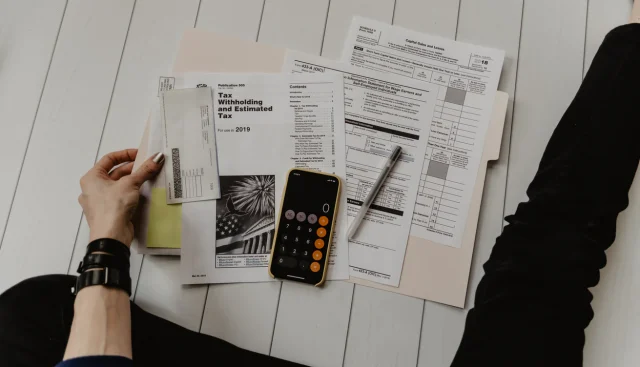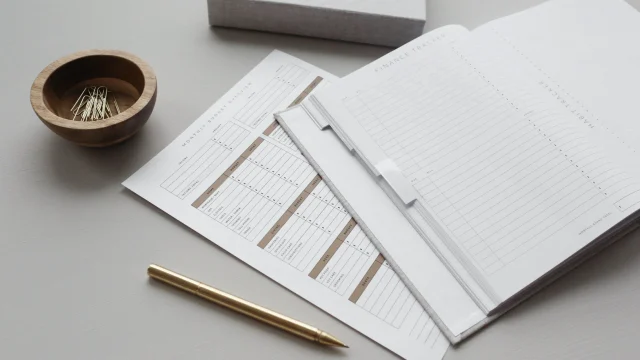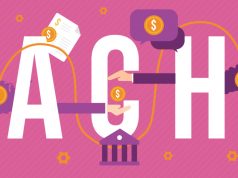
When first viewed, the 50/30/20 rule of budgeting appears to be a simple formula that anyone can follow. And it is, provided your income and debt numbers fall within reasonable parameters. Those collecting minimal salaries or overwhelmed with excessive debt might need something a bit more customized, though.
Income levels differ from person to person. For the sake of simplicity, we are going to use a $60,000 annual net income as our baseline to explain the 50/30/20 rule in this article. For each of the sections below, assume that we’re talking about a $5,000 a month take-home pay. We chose that number because the median net household income in the United States is $62,843.
The 50/30/20 rule calls for spending 50% of your total net income on needs, 30% on wants, and 20% on debt and/or savings. A $60,000 a year take-home pay equates to $5,000 a month in your pocket. In this system, that’s $2,500 for essential expenses, $1,500 for extra expenses or “wants,” and $1,000 for paying off debt and building your savings.
Bringing down your debt number

According to CNBC, the average American carries $90,460 in debt. That includes credit cards, personal loans, auto loans, mortgages, and student loans. The 20% we’re referring to in this section is the total of the minimum monthly payments you’re making on all that debt. It does not include any extra or “balloon” payments you choose to make.
Review your debt numbers to figure out how much you owe in minimum monthly payments each month. You might need to use an accelerated payment plan like the Credello’s debt snowball or debt avalanche to reduce them. Starting here may seem like you’re reversing the order of 50/30/20, but the system won’t work if you’re paying out more than 20% to debt.
Another option for reducing monthly debt payments is to take out a debt consolidation loan. This is a financial vehicle by which you can take all your credit card balances and lump them into one single monthly loan payment, which is usually less than the sum of your minimum monthly payments. Taking this step should get you under the 20% mark.
Once you’ve lowered your debt payments, you’ll have more money to put into savings. Ideally, you’ll eliminate all debt and just save $1,000 a month, provided you’re bringing home $60K. If your company is taking out contributions to a retirement fund, which doesn’t count toward your net income, you’ll be in good shape financially when you follow this plan.
Review and prioritize your needs

Go back to that $60,000 take-home income. In the 50/30/20 system, you’ll have $2,500 to pay your rent or mortgage, utilities, phone, and food bills. Cable and internet are not necessities, though an argument could be made for the latter. Leave both in the “want” category for now and add up your other expenses. Is $2,500 enough to cover them?
This might be a good time to review your budget or create one if you haven’t already. Expenses can easily get out of control if you don’t manage them properly. List all your monthly expenses on a spreadsheet and mark them as essential or non-essential. You’ll be pleasantly surprised by how many of them you can eliminate by practicing some simple spending discipline.
Add in your car payment if you have one. If you live in a city with public transportation, you might be able to get by without this. In suburban and rural areas, cars are a necessity. The question you need to ask yourself is whether your monthly payment is justified. Downsizing to a more cost-effective vehicle might be a good option.
Remember, cars come with fuel and insurance costs too. Those are both areas where you can save money. Drive a little slower or switch to a lower octane gasoline. There’s no significant difference between regular and premium unleaded. As for insurance, there’s usually a lower rate available somewhere. Increase your deductible and you can lower your monthly payment.
Managing the number in the middle

The portion of the 50/30/20 rule that many folks struggle with is the number in the middle, the “wants” category. How do you prioritize wants? First off, take-out food and dining out don’t fall into “necessary” food costs. Those are choices, making them wants. You can easily prepare meals at home to eliminate those expenses.
None of this means that you need to live a spartan lifestyle and have no fun. People who live on a budget learn to enjoy themselves in ways they never thought possible. It costs nothing to take a walk on the beach or in the park. Try taking a picnic lunch with you. It’s healthier and tastes a whole lot better than most fast food. Don’t like to walk? Ride a bike. It doesn’t need gasoline.
Other common wants include cable, internet, entertainment, and hobbies, like golf and fishing. In this scenario, you have $1,500 a month to cover all of those. Is it enough? Once you start a 50/30/20 plan you may need to cut back on a few of them. Do the math and stick to the plan. This system has been proven over time to reduce stress and simplify financial goals.
The Bottom Line: Budgeting Works if You Apply Yourself
No one is asking you to stop and do the math every time you spend a few dollars. That would make this a very painful exercise. The 50/30/20 rule is supposed to be a guideline that consumers can use to get financially healthy. It’s a lifestyle change, like a diet. The diet won’t work if you need to force yourself to follow it. Neither will this rule.
Embrace it. Budgeting is a tool to help you enjoy a more fulfilling life. Some call it “living within your means.” The 50/30/20 rule can teach you what those means are. If you apply yourself to learning this system, you’ll start to look for ways to save more and spend less. Those decisions won’t be difficult. They’ll start to happen by instinct. That’s something to look forward to.












